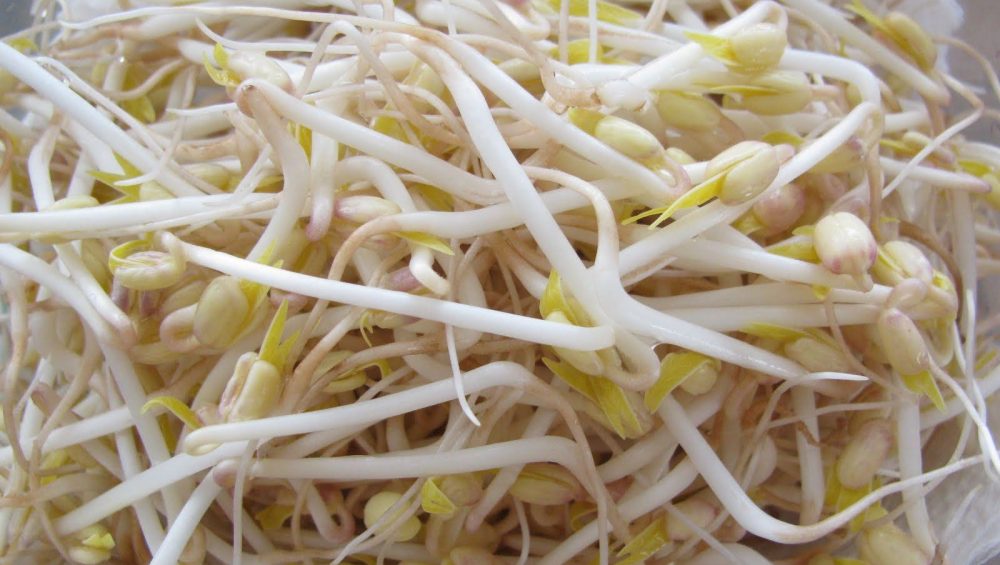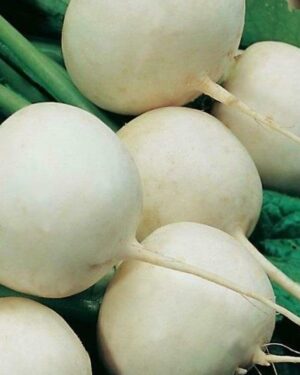Description
Organic Sprouting Seed Mung Bean
Organic Sprouting Seed Mung Bean grow in about 2-5 days. They are highly nutritious and add a crunchy, fresh texture. Extensively used in oriental cooking and salads.
Cultivation Advice
- Choose certified organic mung beans specifically labeled for sprouting. Ensure they are untreated and suitable for consumption.
- Measure around 1/2 to 1 cup of mung beans, adjusting based on your sprouting container’s size. Rinse the seeds thoroughly under cold water.
- Place the seeds in a bowl or sprouting jar and cover them with about 2-3 times their volume of clean water. Soak the seeds for 8-12 hours or overnight.
- After soaking, drain the water from the seeds using a fine mesh sieve or sprouting lid. Rinse the seeds thoroughly with fresh water and drain again.
- Spread the rinsed seeds evenly in the sprouting container to allow for good coverage. Cover the container with a breathable lid or mesh to allow airflow.
- Rinse the seeds thoroughly twice a day, preferably in the morning and evening, by flushing them with water and draining well each time.
- Mung bean sprouts typically start showing growth within 1-2 days. Allow them to grow to your desired length, usually 2-4 inches, within 3-5 days.
- For greener sprouts, expose them to indirect sunlight for a few hours on the final day to encourage chlorophyll development.
- When the sprouts have reached the desired length, give them a final rinse and drain thoroughly. Use clean scissors to cut the sprouts just above the seeds.
- After harvesting, pat the sprouts dry using clean paper towels and store them in a breathable container or plastic bag in the refrigerator. Consume within a few days for freshness.
- Adjust soaking times, rinsing frequency, or exposure to light to experiment with the taste, texture, and appearance of mung bean sprouts.
- Ensure all equipment used in sprouting is thoroughly cleaned before and after use to prevent contamination and promote healthy sprout growth.
- Rinse the mung beans thoroughly before soaking to remove any debris or dust. Use a fine mesh strainer or sieve for efficient rinsing.
- Ensure the soaking container is large enough to allow the beans to expand during soaking. Use room-temperature water for soaking, as extreme temperatures can affect germination.
- Proper drainage is crucial to prevent excess moisture, which can lead to mold or spoilage. Tilt the sprouting container to allow water to drain effectively.
- Enhance air circulation by loosely covering the sprouting container with a breathable cloth or mesh. Avoid sealing the container completely to prevent excessive humidity.
- Use a gentle rinsing technique to avoid damaging the sprouts. A gentle shower or spray of water will suffice to rinse the sprouts thoroughly.
- While mung bean sprouts don’t require light during the initial stages, exposing them to indirect light during the final stages of growth can enhance their color and nutrient content.
- Consider sprouting mung beans in batches to have a continuous supply of fresh sprouts. Start a new batch every few days to maintain a regular harvest
- Monitor the sprouts for any signs of spoilage or off-odors during the sprouting process. Adjust rinsing frequency or airflow if needed to maintain optimal conditions.
- If desired, blanch the harvested mung bean sprouts by quickly immersing them in boiling water for a few seconds before plunging them into ice water. This can help retain their crispness.
- Experiment with incorporating mung bean sprouts in various dishes such as Asian stir-fries, salads, wraps, and soups. They add a delightful crunch and nutrition to meals.
- Clean and sanitize all sprouting equipment thoroughly after each use to prevent the growth of harmful bacteria or mold.









Reviews
There are no reviews yet.